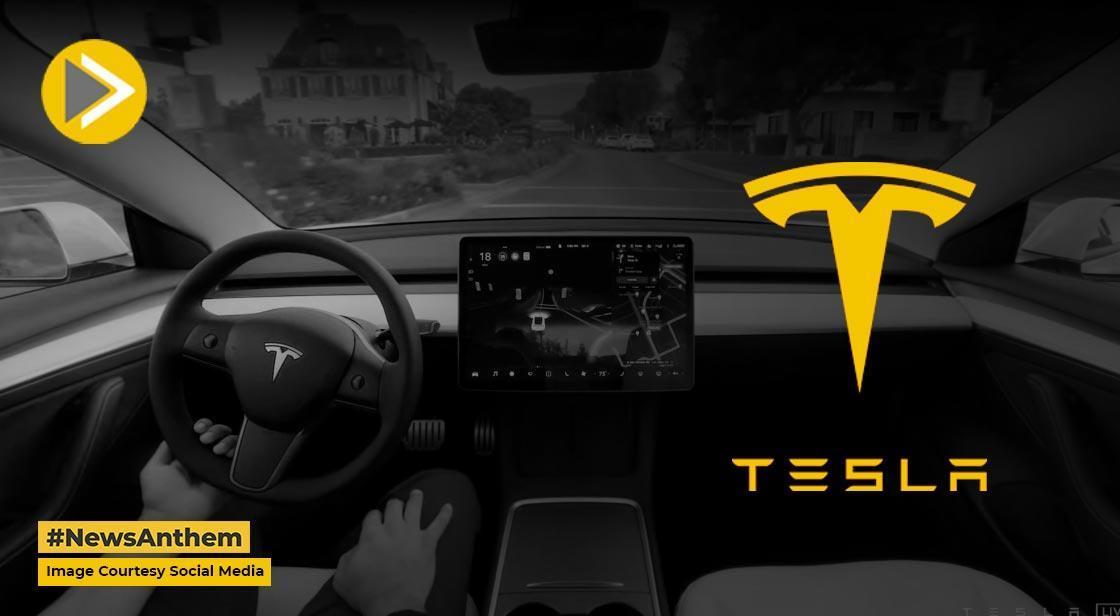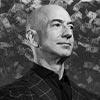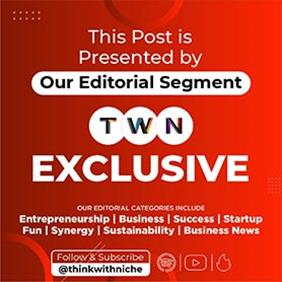Why Tesla’s Entry into India Faces Price, Infrastructure, and Competition Hurdles

News Synopsis
Tesla officially opened its first Indian showroom on July 15, located in Mumbai’s prestigious Bandra Kurla Complex (BKC). The entry comes amid global pressures, as Tesla recently posted its largest decline in global sales.
In Q2 2025, Tesla’s US sales dropped 6.3%, marking a third consecutive quarter of fall. In China, it suffered a nearly 12% drop, while Europe witnessed a five‑month decline in deliveries, driven by political backlash and competition from low‑cost Chinese entrants. Tesla's European market share declined from 1.8% in May 2024 to 1.2% in May 2025.
Tesla Eyes India as a Growth Escape—but Faces Unique Challenges
With nearly 50% of its revenue coming from the US, over 20% from China, and the rest spread globally, Tesla is banking on India to rekindle growth. However, the road ahead is anything but smooth.
Model Y Arrives with Premium Pricing
Tesla debuted its Model Y in India in CBU form, with prices set at ₹60 lakh (RWD) and ₹68 lakh (Long‑Range). But high import duties make it significantly more expensive than in other markets:
-
US: USD 44,990 (~₹38 lakh)
-
China: CNY 263,500 (~₹30 lakh)
-
Germany: EUR 45,970 (~₹41 lakh)
This positions Tesla against luxury EV models like Mercedes‑Benz EQB, BMW iX1, Volvo EC40, and Kia EV6 in India.
Local Competition Poses Significant Price Challenge
Analysts Say Value Over Brand
According to Jahol Prajapati of SAMCO Securities, while Tesla brings global prestige, design, and tech, it lacks a price‑to‑performance edge for Indian buyers.
“Tesla’s arrival in India has electrified the market... Yet, this won’t be an easy ride for Tesla in India.”
Indian brands offer comparable range at far lower price points:
-
Mahindra BE 6: 557 km
-
BYD eMAX7: 530 km
-
Tata Harrier EV, XEV 9e: close to 500 km
All available for ₹19–30 lakh, far below Tesla’s ₹60 lakh threshold.
Structural Challenges: No Local Production or Support
Without local manufacturing, Tesla can’t offer competitive prices or tap into government incentives. Prajapati points out:
“India is not a market that falls for logos. It’s a market that worships value for money.”
Further, Tesla must contend with the limited EV charging infrastructure. Domestic rivals like Tata, Mahindra, and BYD are already building comprehensive ecosystems, with service centres, chargers, and a deep understanding of Indian buyer preferences.
Indian EV Makers Still Hold Investor Appeal
Prajapati reassures:
“Tesla is a powerful brand, but it doesn’t mean it will take over the market overnight... The entry of a big global player... is a moment of opportunity for Indian firms.”
He highlights that affordability, access, and service are key factors where Indian brands excel.
Even Industry Leaders Voice Doubts
JSW Chairman Sajjan Jindal, speaking in March, echoed these concerns:
“He can’t be successful in India! We Indians are here. He cannot produce what Mahindra can do, what Tata can do... To be successful in India is not an easy job.”
Jindal acknowledged Musk’s achievements but noted that global fame doesn't equal local success.
Where Tesla Must Focus to Succeed
-
Establish local production to cut import duties and drop price
-
Expand charging infrastructure, especially in non-metro areas
-
Build service support networks and adapt to Indian consumer needs
-
Highlight Tesla’s tech edge—in auto-pilot, performance, and sustainability
Challenge Indian EVs on innovation and lifestyle appeal, not just cost
Conclusion: A Possible Turning Point for India's Beverage Sector
The plea to reduce the 28% GST and accompanying 12% compensation cess on aerated drinks signals a pivotal moment for India's non-alcoholic beverage industry. With mounting pressure from both state authorities like Maharashtra Deputy CM Ajit Pawar and key industry stakeholders such as the Indian Beverage Association (IBA), the government is under growing scrutiny to revisit its taxation policies.
The classification of all carbonated beverages under the "sin goods" category has long been contested—particularly for low-sugar and fruit-based fizzy drinks that may no longer fit this outdated label.
If the upcoming 56th GST Council meeting results in rate rationalisation or reclassification, it could lead to a more balanced and progressive tax regime. For consumers, this may mean more affordable prices; for manufacturers, improved profit margins and a stronger incentive to innovate. Ultimately, this move could rejuvenate the beverage ecosystem and align taxation with evolving health trends and consumer preferences.
You May Like









